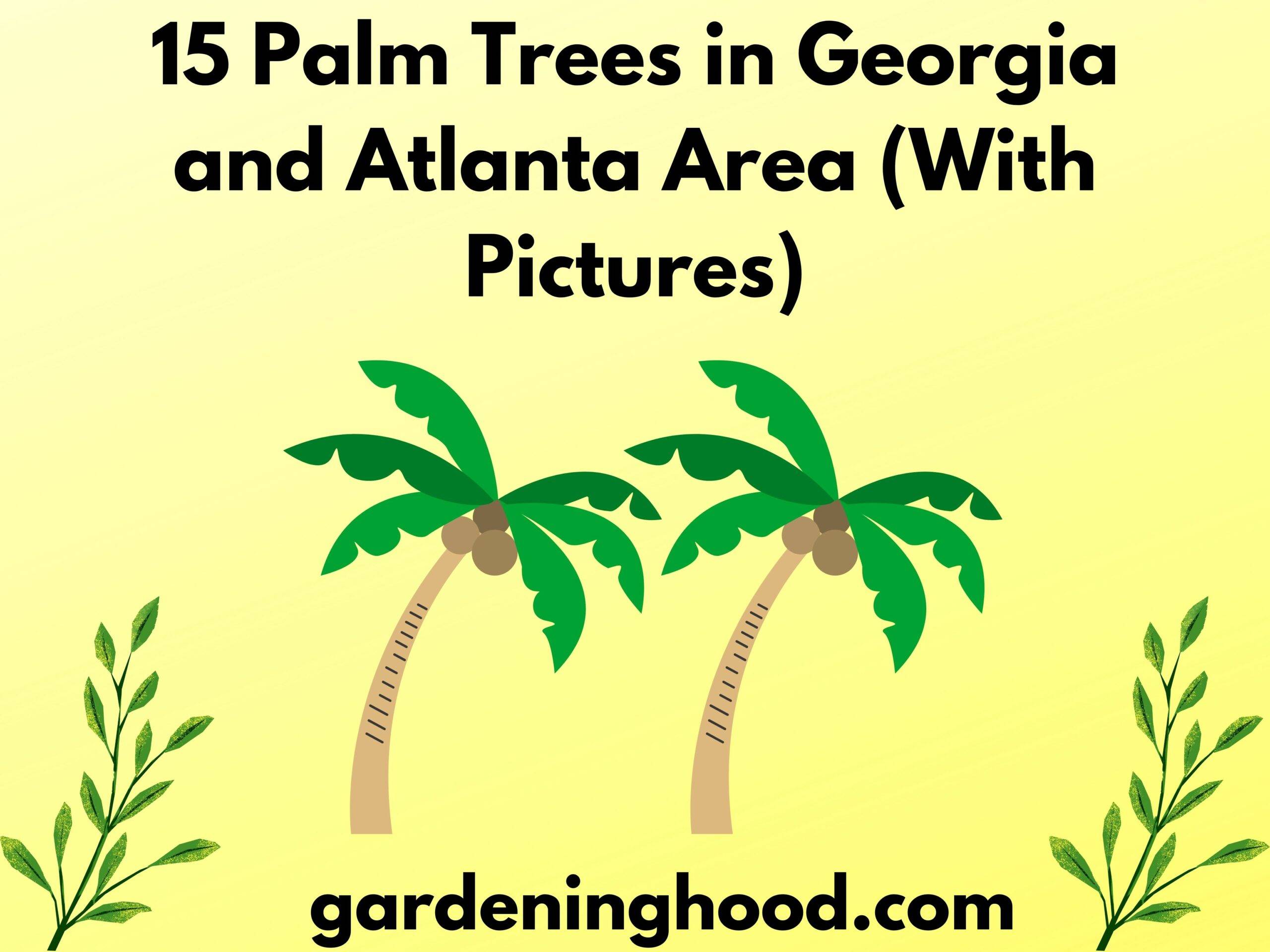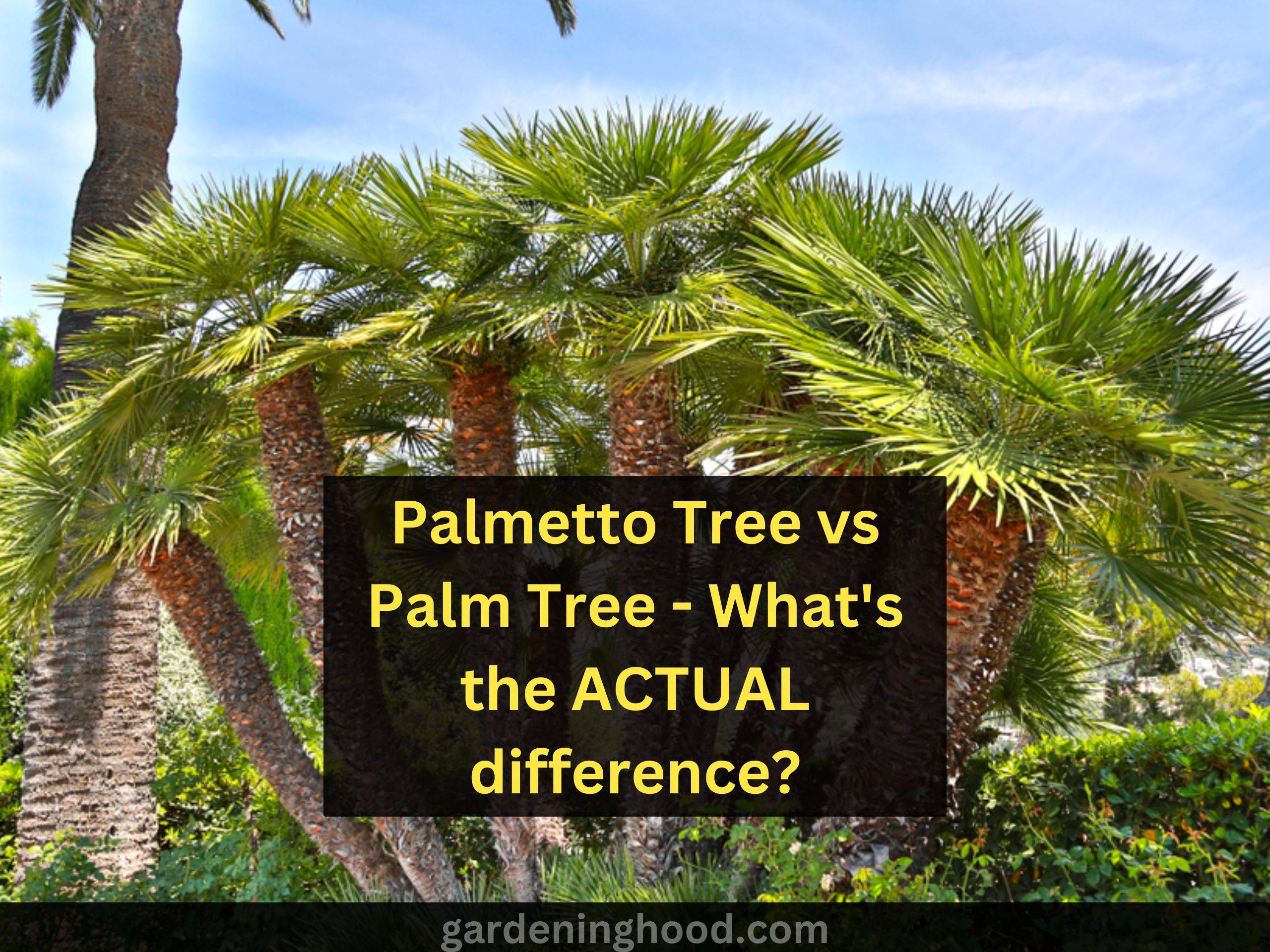Coconut Tree vs Palm Tree -Tips to quickly spot the differences
In this article, we will be discussing a comparison of Coconut Tree vs Palm Tree. If you are one of them who may see a problem identifying similar garden plants, then here we will be discussing a few quick tips to spot the differences between Coconut tree vs Palm Tree.
Quick takeaways:
- It is very common to see two similar trees. The best example of this we have is a coconut tree and a palm tree.
- You may get confused many times between these two trees. Many people may not understand the differences between a palm tree and a coconut tree.
- Despite there being many different types of palm trees, only one kind of palm tree can produce coconuts.
Yes, it is quite confusing but you don’t need to stress more now. This article has covered some easy tips that you can keep in your mind while making a difference between these two trees.
Coconut Tree vs Palm Tree: Tips to quickly spot the difference.
Although there are numerous parallels between palm trees and coconut trees, not all palm trees bear coconuts. The leaves make the most impact. While coconut trees have broad leaves, palm trees have fan-shaped leaves. Additionally, palm trees generate palm oil, whereas coconut trees yield coconuts.
Comparatively, the climatic conditions under which palm trees and coconut palms develop differ. The inequalities in traits and attributes are a result of this. While palm trees come in a variety of forms and sizes, coconut trees are recognized for producing coconuts. Despite being members of the same family, palm trees have some key differences.
This is just an out map, let us go into further detail. Here are some identification tips to make a difference between these two trees just like Poplar vs. Birch Tree. The easiest way to differentiate between two things is just by appearance so we will discuss how you can recognize these trees.
Why are people so confused between these two trees?
Before moving further you must know why people have so much confusion. For this, you need to know some similarities between the palm tree and the coconut tree. The sole surviving species of the genus Cocos is the coconut tree (Cocos nucifera), which belongs to the Arecaceae family of palm trees. Given that they both produce several coconut varieties, they are comparable to one another. Consequently, a tree that produces coconuts might either be a palm tree or a coconut tree.
They can be found where the climate is comparable. They flourish in hot or warm tropical climates. Compared to other trees, they both have a longer lifespan. Additionally, they both descend from the same family. In addition to this, they offer all the advantages of other trees, maintain life by producing oxygen, grow fruits and blooms, hold soil, and are used for therapeutic purposes, among other things. They are simple to cultivate because they don’t need any extra attention or care.
Coconut Tree Identification
Fruit
The fruit of a coconut tree is its most distinctive characteristic. When they are between 4-5 years old, coconut trees start to produce fruit. These enormous, nut-like fruits need another six to twelve months to fully mature. Additionally, a single coconut tree may yield roughly 25 coconuts annually. The fruit can be harvested before it is fully developed, though. In comparison to fully ripe fruits, the young coconut is frequently sweeter and softer.
Trunk
In comparison to other varieties of palm trees, coconut trees have significantly lighter-colored trunks. They are also less scaly and have a nicer feel. Even while their trunks have the potential to grow quite tall, this rarely happens. Coconut trees that are growing twisted or curled are common. And some types even have spiral-shaped growth! However, coconut trees that are utilized in landscaping are cared for to keep them straighter.
Roots
The roots of the coconut tree sink more into the soil as it becomes taller. Thanks to this ability, they can survive in the wild for up to a century. These strong roots also let it resist even the most severe weather, such as typhoons and monsoons.
Palm Tree Identification
Trunks
The trunks of palm trees differ depending on the species. There are some palm trees with broad, squat trunks. Others have scaly, tall, and very thin trunks. There are also reedy, slender trees with little heads and fronds on top.
Height
The height of palm trees varies greatly, much like the rest of their features. Some species may reach heights of 197 feet. Since they are allowed to grow as tall as they can, you will typically find these extraordinarily tall palm trees in the wild, close to beaches, or in rainforests. Palm trees placed close to structures or other enterprises are maintained so they don’t get too big and become difficult to control. Also the roots of the palm trees are deep and wide.
Which is better: Coconut Tree vs Palm Tree
Well, it is difficult to answer. It’s similar to measuring apples and oranges when comparing them. Both have their benefits and are well-liked by gardeners. It depends upon your needs and requirements. This answer depends upon the type of question you ask like Do I desire a fruit tree?
Am I in the proper growth zone to put it outside where I live? Do I want a tree with many uses, or just a tree to look at? For variety, you can choose a palm tree. Palm trees are renowned for their extraordinary adaptability and toughness. Look no further than the traditional coconut palm if you’re searching for a portable choice that thrives both indoors and outdoors, is drought tolerant, and yields coconuts (when outside).
Concluding lines
In this guide, you come to know that there are numerous parallels between palm trees and coconut trees, not all palm trees bear coconuts. The leaves make the most impact. While coconut trees have broad leaves, palm trees have fan-shaped leaves. Additionally, palm trees generate palm oil, whereas coconut trees yield coconuts. Comparatively, the climatic conditions under which palm trees and coconut palms develop differ. The inequalities in traits and attributes are a result of this. While palm trees come in a variety of forms and sizes, coconut trees are recognized for producing coconuts. I hope this article will be helpful for you.
FAQs
Do all coconut trees produce coconut fruit?
Yes, all the coconut trees will produce coconut fruit if you maintain them properly. But, surely, not all palm trees will produce coconut fruits.
How long do coconut palm trees live?
A palm tree is a tremendous growing tree that tends to remain for years in the world. They are one of the hardy trees and can survive for more than 100 years.


